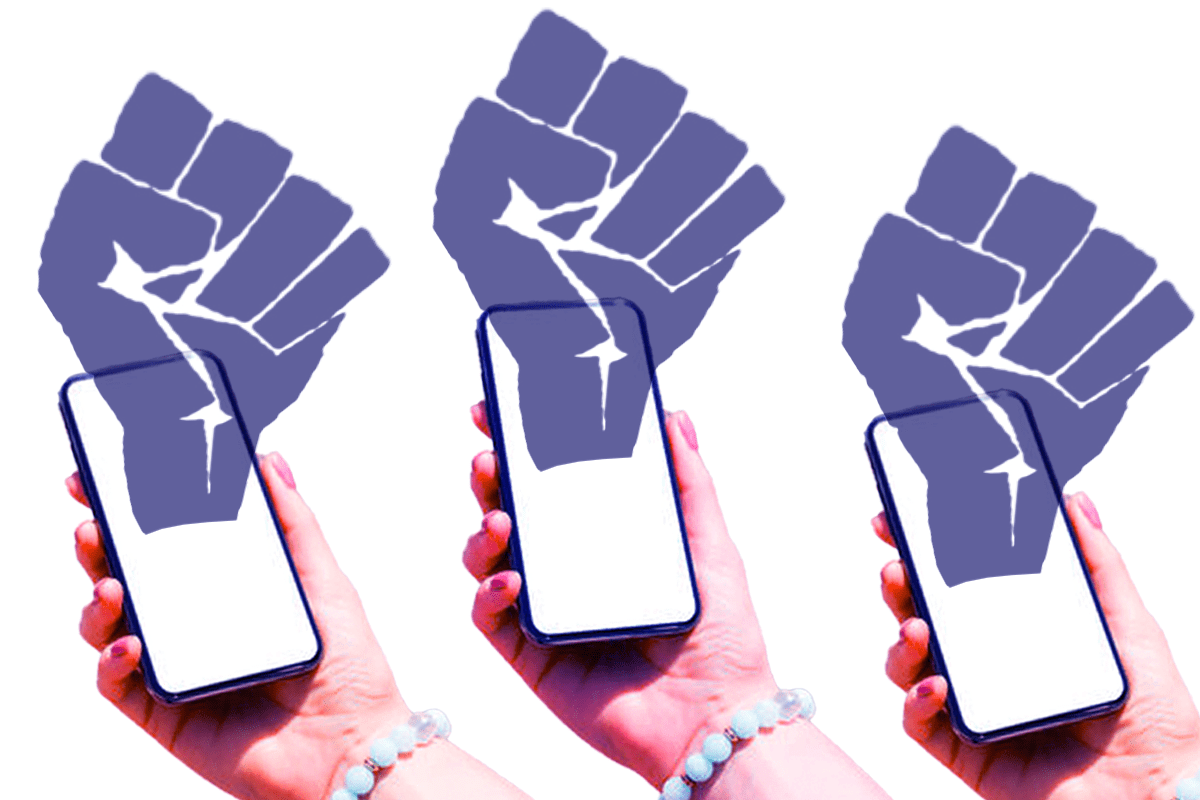Mobilisation of social media in times of political crises is the new norm. Some may struggle to remember the early versions of Instagram, where you would simply deposit recently taken photos with loosely related captions. Now, the app has a far greater use. This generation has seen its powerful utility time and time again in digital activism, with movements like BlackLivesMatter, MeToo and the Arab Spring, gaining traction from their amplification on social media. These past few weeks in particular, the passionate activation of this activism has become overwhelmingly visible. In the campaign for the Voice, the Yes camp utilised social media to convey a simplified explanation of the Voice, all while working against the rapid dissemination of misinformation on behalf of the No camp. In response to what is happening in Israel and Palestine, people are now taking to their stories to condemn ethnic cleansing and genocide, or stand with the Israeli government.
When a story, infographic or statement is posted on Instagram in the name of political resistance, criticism seems to ensue from both sides of the political spectrum. Critics reject the notion that social media activism can represent a legitimate form of participation in the political sphere, whilst supporters celebrate the increased accessibility provided by these platforms. Are people simply reinforcing their leak-proof echo chambers and signposting their political views? Or are they meaningfully contributing to a deliberative political space that social media alike has come to represent?
There is no question that the very nature of activism has shifted and we must now consider the inclusion of social media as an inevitable resource and asset. On the one hand, the speed with which information can be shared is remarkable. The organisational capacity of social media and its ability to mobilise the masses in the pursuit of grassroots activism has dramatically expanded the reach of these movements. On the other hand, a clear harm that results from social media, is that it acts as an enticing trap for the reproduction of mis/disinformation. For example, the reach and traction of the misinformation spread by the No camp, relating to a loss of land or political control, as a result of the Voice, was immense. As a result, sharing an informed and researched infographic can be an active form of resistance against the contagious dissemination of misinformation.
However, even where people engage well online, there is a considerable risk that this form of activism often replaces meaningful political action, rather than complementing it. Barack Obama infamously rejected “call out culture” as an inconsequential and judgemental action undertaken by young people that, while appearing meaningful, ultimately does not constitute activism. The term “clicktivism,” or, more pejoratively “slacktivism,”, as defined by academic Max Halupka is, “an impulsive and non-committal online political response, which is easily replicated and requires no specialised knowledge.”
Perhaps, the ease with which one can appear politically engaged, and in many respects feel politically engaged, in the online space, promotes the creation of a ‘hyper-real’ discourse. Within this discourse, political opinion and activism remains constrained to the digital realm. Are you less likely to attend a protest once you have digitally flagged your political leanings? Infographics provide a perfectly bundled statement of intent, or information about an unfolding situation that can easily be reposted on an Instagram story. But if you don’t go beyond that, are you truly politically engaged, or are you just politically conscious? In an age of information, consciousness is a necessary and significant first step that should by no means be demonised, but it is not enough.
As activism on and off our screens become increasingly intertwined, pressure is rising on individuals to aggregate their political and social identities. Silence is deafening, so what responsibility do individuals have in taking active political stances? Navigating the fine line between being “politically conscious” and “politically engaged” is a debate that will continue for decades to come. But this is the wrong debate to be having. To be cognisant of this distinction, and actively negotiate it, is at least a sign of an attempt at political participation.
By contrast, to claim an apolitical stance, to remain out of politics online, is, ironically, an actively political position. Remaining apolitical is a failure to recognise those for whom political meaning is impressed upon their bodies, who do not have the choice to engage or disengage. Those who cannot simply turn off their phones because the news depresses them. Those that cannot exist in the world neutrally. As such, the question of the power of being political on social media is not one of virtue signalling or perpetuating an echo chamber. Rather, it is a question of who can choose to engage and who can’t.





